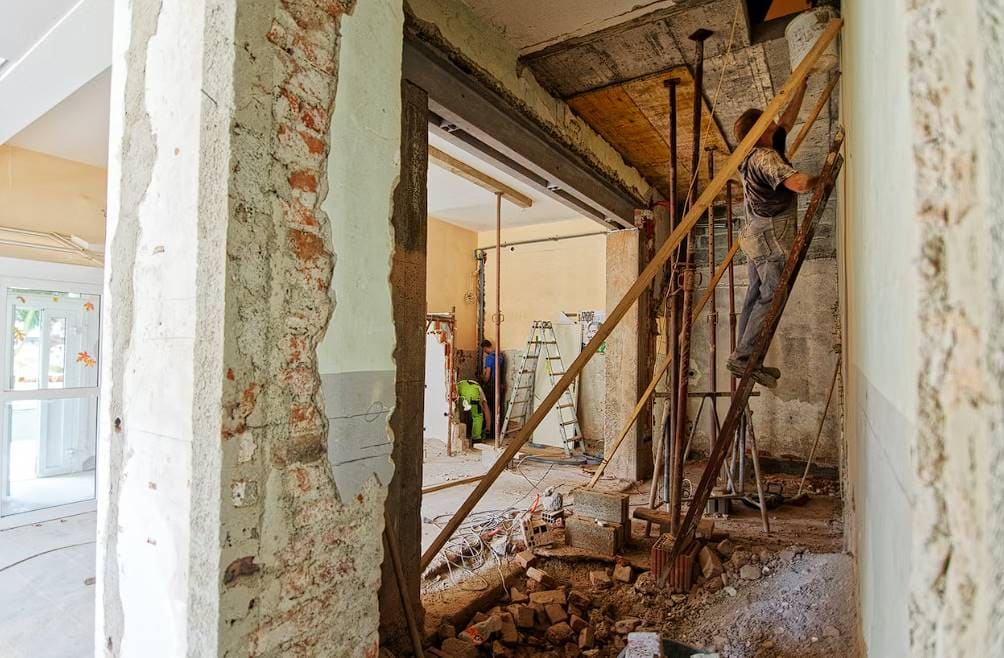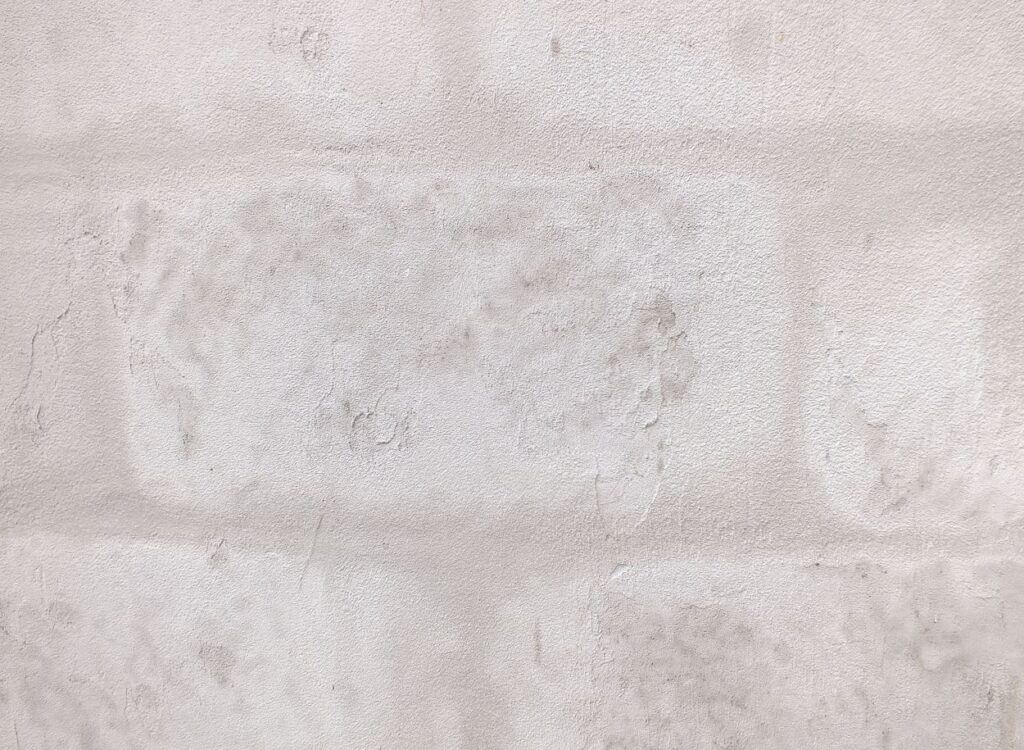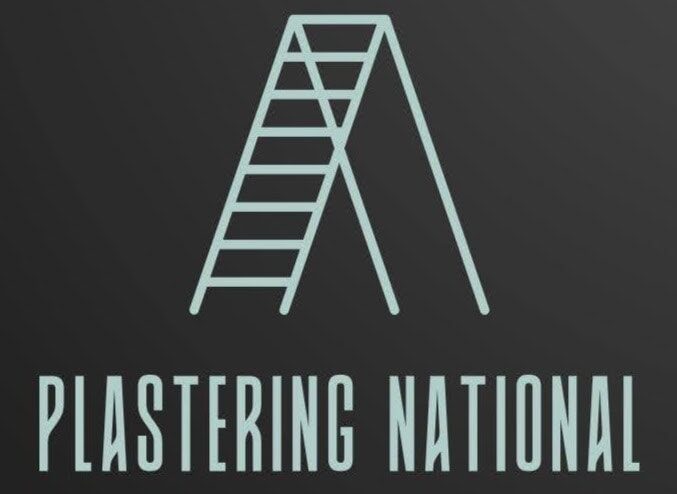When renovating or designing your home, the finish of your interior walls plays a crucial role in shaping the overall aesthetic and ensuring long-term durability. Among the many wall plastering options available, plaster finishes for interior walls are particularly favoured for their versatility, texture, and timeless appeal.
With various plastering styles for homes to choose from, selecting the right finish is key to achieving the desired look and feel for your living spaces. In this comprehensive guide, we’ll explore the different types of plaster finishes and help you make an informed decision that enhances both the appearance and longevity of your walls.
Let’s Get Straight To The Point
Choosing the right plaster finishes for interior walls can greatly enhance your home’s aesthetic and durability. Common options include smooth plaster finishes, sand plaster finishes, textured plaster finishes, and Venetian plaster finishes, each offering unique looks and benefits.
Smooth plaster finishes are perfect for modern, minimalist designs, while textured plaster finishes like scraped and pebbledash create a more rustic or distinctive style. Venetian plaster finishes add a luxurious, polished look, ideal for high-end interiors. Consider factors like the room’s style, durability needs, and lighting when selecting a finish. Plaster finishes are durable, versatile, and can transform any space with timeless appeal.
Types of Plaster Finishes for Interior Walls
1. Smooth Plaster Finish
- Characteristics: The smooth plaster finish is one of the most commonly used finishes, offering a sleek and polished surface. This finish is achieved by applying a thin layer of plaster and smoothing it out to create a flawless, uniform appearance.
- Applications:
- Perfect for modern minimalist interiors that require a clean and streamlined aesthetic.
- Commonly used in living rooms, bedrooms, and hallways for a sophisticated, elegant look.
- Works well with painted surfaces, providing a smooth canvas for both light and dark tones.
2. Sand Plaster Finish
- Characteristics: A sand plaster finish incorporates sand into the plaster mixture, giving it a rough texture. This finish creates a subtle, grainy surface that adds depth and a natural, rustic feel to the walls.
- Applications:
- Ideal for traditional or rustic interiors, bringing warmth and texture to the space.
- Commonly used in corridors, entryways, and bathrooms, where both durability and style are important.
- The texture is excellent for hiding minor imperfections in the wall.
3. Scraped Plaster Finish
- Characteristics: The scraped plaster finish involves applying plaster and then scraping it to achieve an uneven, textured surface. This technique creates an aged or worn effect, making it perfect for adding character to a room.
- Applications:
- Best for creating a vintage or rustic look in kitchens, living rooms, or dining areas.
- Adds dimension to high-traffic areas while offering durability against wear and tear.
- Ideal for spaces that need both texture and functional resilience.
4. Pebbledash Plaster Finish
- Characteristics: The pebbledash plaster finish is a decorative option where small pebbles or stones are thrown onto wet plaster, creating a highly textured, durable surface.
- Applications:
- Excellent for creating accent walls in living rooms or foyers.
- Weather-resistant, making it suitable for areas with higher moisture, such as bathrooms or kitchens.
- Provides a unique, striking look for those seeking a more distinctive aesthetic in their interiors.
5. Textured Plaster Finish
- Characteristics: A textured plaster finish allows for a variety of patterns to be created by manipulating the plaster with tools like brushes, sponges, or combs. This finish is highly versatile, and the texture can range from subtle to bold, depending on the desired effect.
- Applications:
Perfect for creating feature walls in living rooms, dining rooms, or entryways.- Adds dramatic flair to rooms that need visual interest or depth.
- Allows for creative expression and is ideal for customising plaster finishes to suit various interior themes.
6. Venetian Plaster Finish
- Characteristics: Venetian plaster finishes are luxurious, smooth, and glossy, resembling the look of marble. Made from slaked lime and marble dust, this finish is applied in thin layers, then polished to achieve a glossy sheen.
- Applications:
- Best suited for high-end interiors such as living rooms, bathrooms, and foyers.
- Offers a sophisticated, timeless look perfect for creating statement walls.
- Reflects light beautifully, enhancing the ambience of the room.
7. Stucco Plaster Finish
- Characteristics: Stucco plaster finishes are thick and durable, with a textured surface. Applied in multiple layers, this finish is both aesthetic and resilient, perfect for high-traffic areas.
- Applications:
- Great for Mediterranean-style interiors, where a rustic or classic touch is needed.
- Ideal for entryways, accent walls, or even indoor-outdoor settings, where both texture and strength are desired.
How to Choose the Right Plaster Finish for Your Interior Walls
1. Consider the Style of Your Space
The style of your home should guide the choice of plaster finish. For instance, a smooth plaster finish suits modern, minimalist homes, while Venetian plaster finishes are ideal for more luxurious, high-end spaces. If you want a rustic feel, a sand plaster finish or scraped plaster finish will enhance the natural charm of your interiors.
2. Factor in Maintenance and Durability
Some plaster finishes are easier to maintain than others. Smooth finishes like scraped plaster are easy to clean and maintain, while textured plaster finishes may require more effort. Think about the room’s functionality and traffic level when making your decision. For example, if the space is high-traffic, consider durable plaster finishes for walls like rough cast plaster or stucco.
3. Think About Lighting and Room Size
Lighting has a significant impact on how plaster finishes appear. Glossy finishes, such as Venetian plaster, reflect light, making rooms feel brighter and more expansive. On the other hand, textured plaster finishes can add warmth and intimacy to rooms with ample natural light.
Benefits of Using Plaster Finishes on Interior Walls
- Aesthetic Appeal: Plaster finishes offer a refined and elegant look. Whether you choose smooth plaster finishes, textured plaster wall designs, or Venetian plaster finishes, plastering enhances the visual appeal of any room.
- Durability: Plaster is an incredibly durable material, resistant to cracks, chips, and moisture. This makes it ideal for creating long-lasting wall finishes that stand up to wear and tear.
- Versatility: Plaster wall texture types like polished plaster finishes or textured plaster wall designs allow for endless creative possibilities, so you can customise the look to suit any interior style.
Why Is Choosing the Right Plaster Finish Important?
Selecting the appropriate plaster finishes for interior walls is vital as it impacts both the visual and functional aspects of your space. The type of plaster finish you choose will not only affect the aesthetic appeal but also the durability of plaster finishes. Some finishes, like Venetian plaster finishes, are more luxurious and suited to high-end designs, while textured plaster finishes are perfect for adding character and depth.
Additionally, the right plaster finish can help improve the durability of plaster finishes for walls, making them more resistant to wear, damage, and even moisture, depending on the chosen texture.
Conclusion
Choosing the right plaster finishes for interior walls can transform the look and feel of your home. Whether you opt for a sleek, modern smooth plaster finish, the rustic charm of sand plaster finish, or the luxurious appeal of Venetian plaster finishes, there’s a plaster style for every aesthetic and functional need. Understanding the available plaster finishing techniques helps you make informed decisions that reflect your style and enhance your home’s beauty.
By selecting the right wall plastering and decoration options, you ensure your walls not only look stunning but also stand the test of time, providing durable plaster finishes for walls that enhance both form and function.
Frequently Asked Questions
What Is A Skip Trowel Finish?
A skip trowel finish involves applying plaster to the wall and then using a trowel to “skip” or lightly skim over the surface, creating irregular texture and subtle variations in thickness for a rustic or Old World look.
What Is A Sand Finish Plaster?
A sand finish plaster incorporates fine sand particles into the plaster mix, resulting in a textured surface that resembles the grainy texture of sandpaper, providing visual interest and a tactile feel.
How Do I Choose The Right Plaster Finish For My Interior Walls?
Consider factors such as the desired aesthetic, architectural style of the home, lighting conditions, and personal preference when selecting a plaster finish for interior walls.
Can Plaster Finishes Be Customised Or Combined For Unique Effects?
Yes, plaster finishes can be customised by adjusting the texture, colour, and application technique to achieve a wide range of unique effects and complement the overall design scheme of the space.
Are Plaster Finishes Durable And Easy To Maintain?
Plaster finishes are durable and long-lasting when properly applied and maintained. Regular dusting and occasional cleaning with a mild detergent solution can help preserve the appearance of plaster finishes for years to come.



